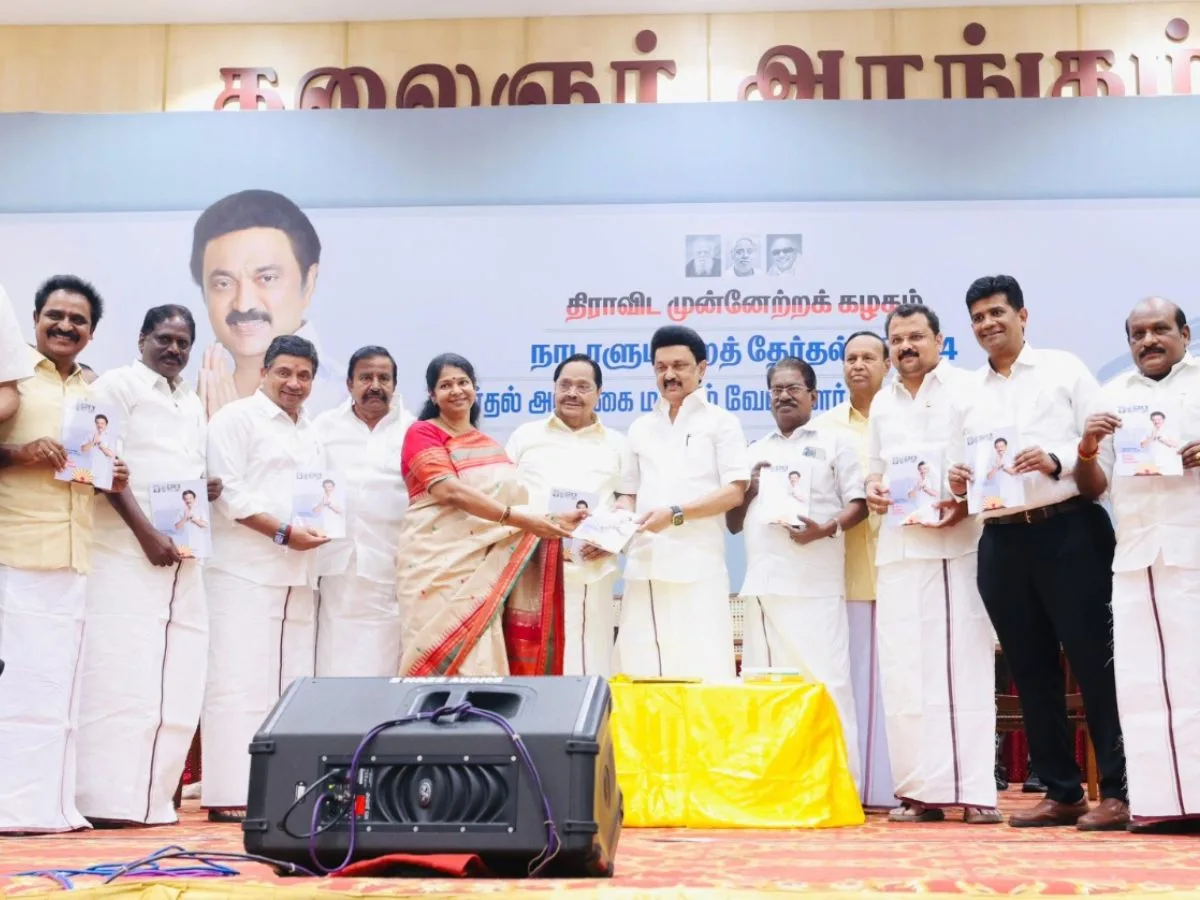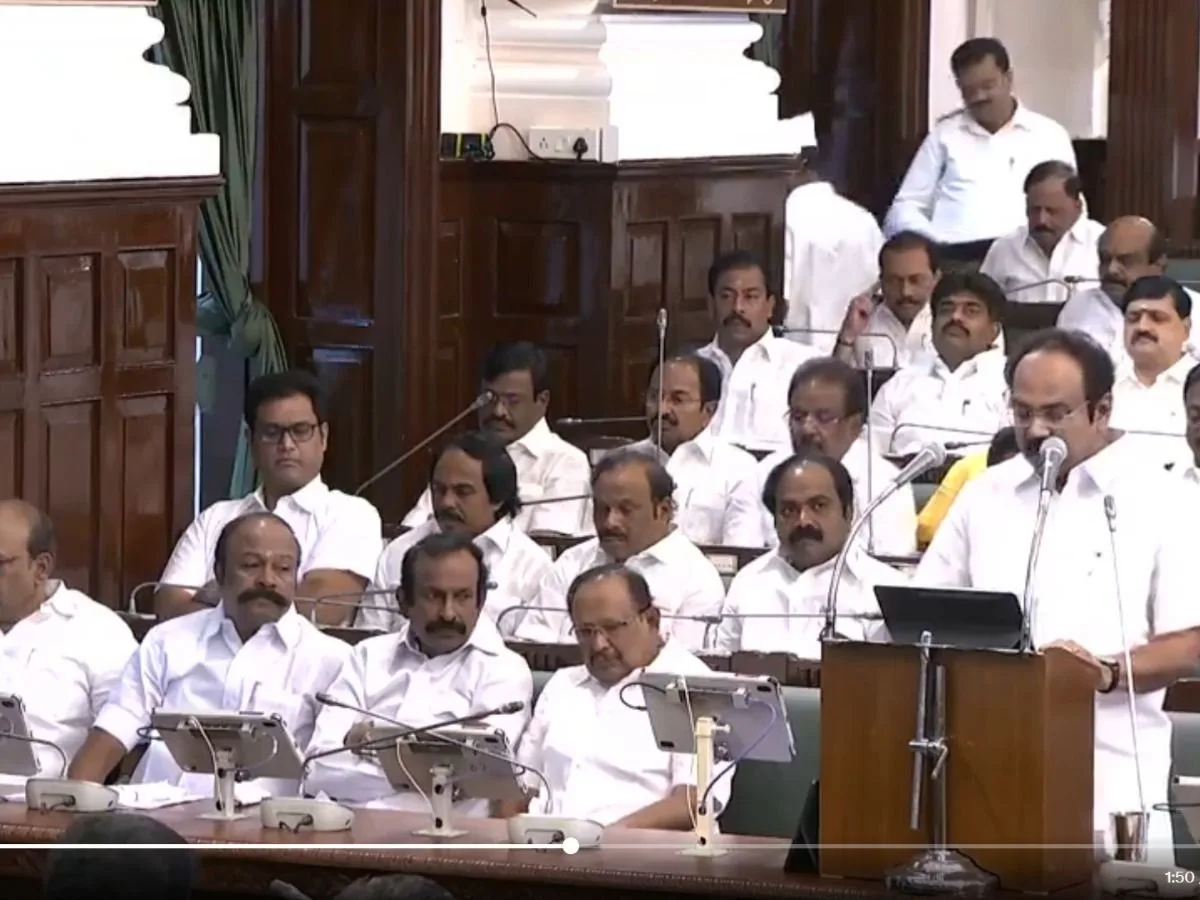Read in : தமிழ்
After several years of water prosperity through the monsoon months, the alarm has been sounded globally that some periods of 2023 and all of 2024 could bring unpredictable climate due to the return of the El Nino phenomenon — extreme heat, drought, and in some northwestern states of India, floods too, as well as variations in the peninsular monsoon.
Tamil Nadu, which now has a dedicated department handling climate change phenomena, gets an opportunity to prepare for aberrant weather conditions. Climate change is a global phenomenon, but with severe local impacts for all countries. The past few years of the cooler La Nina phenomenon, which brought heavy rainfall in the peninsula and caused flood havoc across Kerala and Tamil Nadu, may be replaced by less predictable rain and a drier season.
One of the clearest indicators of what lies in store during the later part of the current year came early in January from NASA scientist James Hansen, who said, “Global climate models now consistently predict that the La Nina phase of tropical Pacific temperatures will draw rapidly to a close in 2023, with a shift to El Nino conditions in the second half of 2023.”
The past few years of the cooler La Nina phenomenon, which brought heavy rainfall in the peninsula and caused flood havoc across Kerala and Tamil Nadu, may be replaced by less predictable rain and a drier season
In September 2022, Prof Hansen and his colleagues had forecast that the impact of the El Nino of 2023 would be felt the following year, and they predicted that 2024 could well become an “off the charts” hottest year known to humanity. There is another ocean-linked phenomenon with an impact on the weather, the Indian Ocean Dipole (IOD), which forms independently or in association with El Nino sea surface temperature fluctuations and influences the weather in countries surrounding the Indian Ocean, India included. Climate research is focused on the interactions between these phenomena and their influence over rainfall patterns.
Flood, now drought?
Successive years of heavy rainfall exceeding 1,000 mm in just the brief months of the Northeast Monsoon in Chennai led to a steady rise in the groundwater level, with residents in many areas experiencing a prolonged seepage from the ground to their floors and wet conditions within the home. This rendered rainwater harvesting redundant, as there was little scope for the excess downpour to percolate through the soil.
That may change with altered monsoon patterns, as groundwater extraction is bound to rise as piped water supply declines. Open wells would lose much of their bounty. RWH structures that were neglected over the past few years due to plentiful rain and flood will again come into focus.
Also Read: Climate change makes tea a bitter brew for Nilgiris farmers
The Chennai flood of 2021 brought out an alacritous government response in Tamil Nadu, and an unprecedented giant drain construction programme was launched in the core parts of the city and was mostly completed even as the NE monsoon closed in. Although there was heavy rain, nearly touching the 1,000 mm mark during 2022, the flood impact was markedly absent because the drains were available.
Since the New Year rolled in, weather watchers including Pradeep John have pointed to some natural phenomenon that could bring rainfall to the delta districts of Tamil Nadu. This, however, is well ahead of the forecast for El Nino conditions to set in later during the year.
As things stand, Chennai is in a comfortable place with regard to availability of drinking water, as its reservoirs are 91% full. Metrowater data on Monday showed the combined storage of Red Hills, Poondi, Sholavaram, Thervoykandigai and Chembarambakkam to be 10,800 million cubic feet (mcft), against a capacity of 11,757 mcft with some inflow too. In addition, Veeranam had another 1,000-plus mcft as of October 20, 2022.
Stuffed and starved
Climate aberrations cause widely varying weather patterns, with shorter, intense rain spells and fewer rain days, truncating the monsoon season but producing conditions for flood as well. When this brief bounty is allowed to flow away without adequate harvesting, succeeding dry months produce water deficits.
Chennai is in a comfortable place with regard to availability of drinking water, as its reservoirs are 91% full. Metrowater data on Monday showed the combined storage of Red Hills, Poondi, Sholavaram, Thervoykandigai and Chembarambakkam to be 10,800 million cubic feet (mcft), against a capacity of 11,757 mcft with some inflow too. In addition, Veeranam had another 1,000-plus mcft as of October 20, 2022
The task before the Tamil Nadu government for this year is clear:
-
Launch a programme to rejuvenate and repair rain harvesting structures in all buildings
-
Clear channels for urban waters to flow into small ponds, temple ponds, and suburban lakes
-
Suburban lakes are being reclaimed with great difficulty by suburban communities and need support
-
Make water-efficient tools and fixtures mandatory for new buildings using building codes
-
Initiate measures for efficient industrial water use
-
Promote retrofitting plumbing in old buildings with efficient, low cost fittings
-
Preserve avenue trees aggressively and ensure their growth
-
Ensure maximum viability of the costly storm water drain network through inspection, desilting
-
Remove/resettle encroachers humanely from waterways, lake beds to increase holding capacity
-
Initiate fiscal policies to compensate urban residents for weather-caused distress
Since concrete built structures have been proliferating along with urbanisation, intense heat would produce the ‘heat island’ effect that leads to heavy localised rainfall, often enough to create flooding.
Also Read: As rain clouds appear, Chennai fears Mandous sequel
If the forecast of a record hot year for 2024 comes true, and many models are predicting that it would touch the Paris Agreement’s ceiling goal of 1.5 degrees Celsius temperature mark, citizens would be better prepared, and a severe crisis could be reduced to a moderate one.
Such measures are essential to convince citizens that the impending hike in water and sewerage rates in Chennai are being matched by policy measures that are getting the metro ready for a hazardous few years ahead.
Read in : தமிழ்











